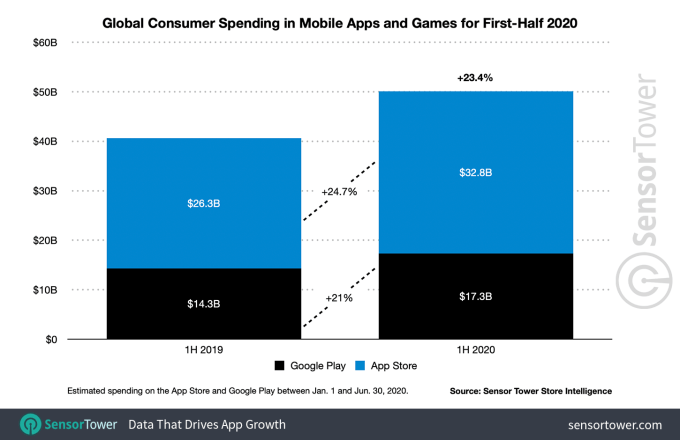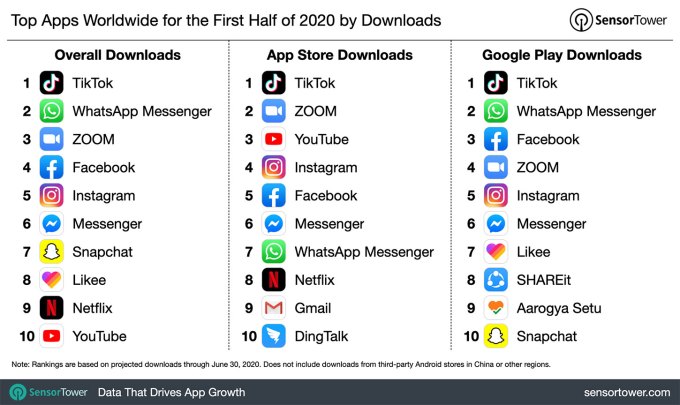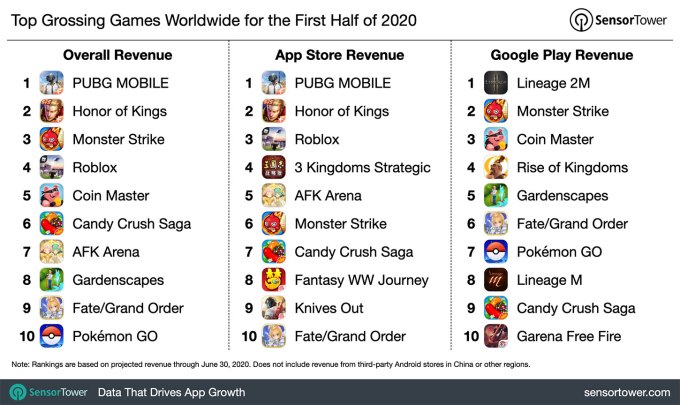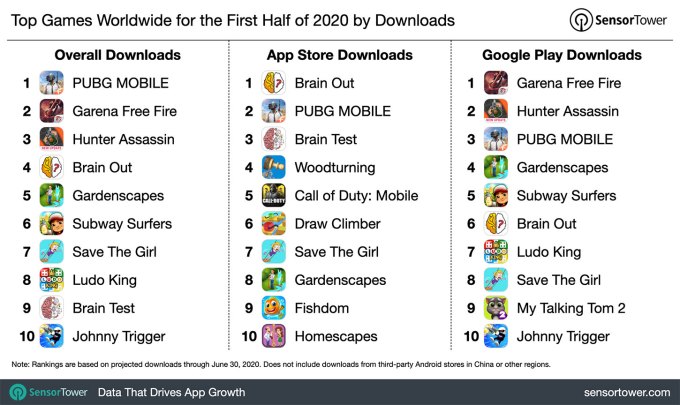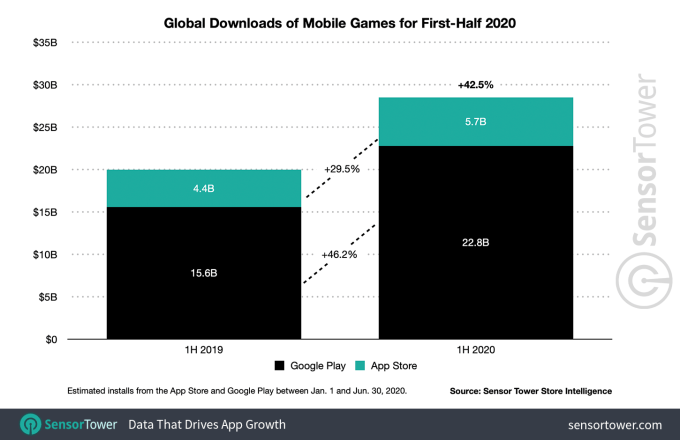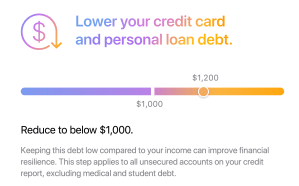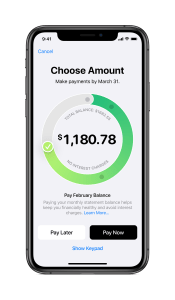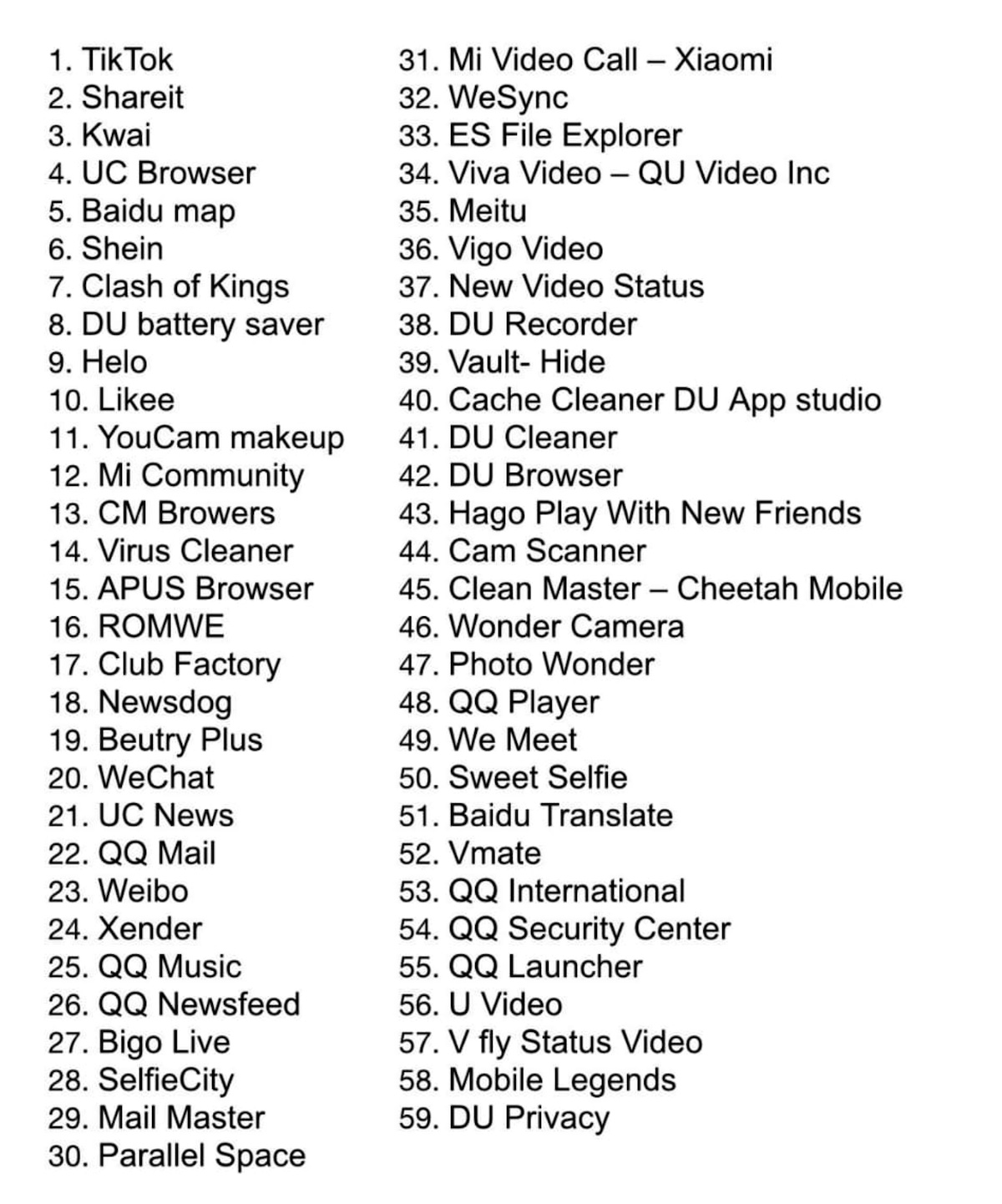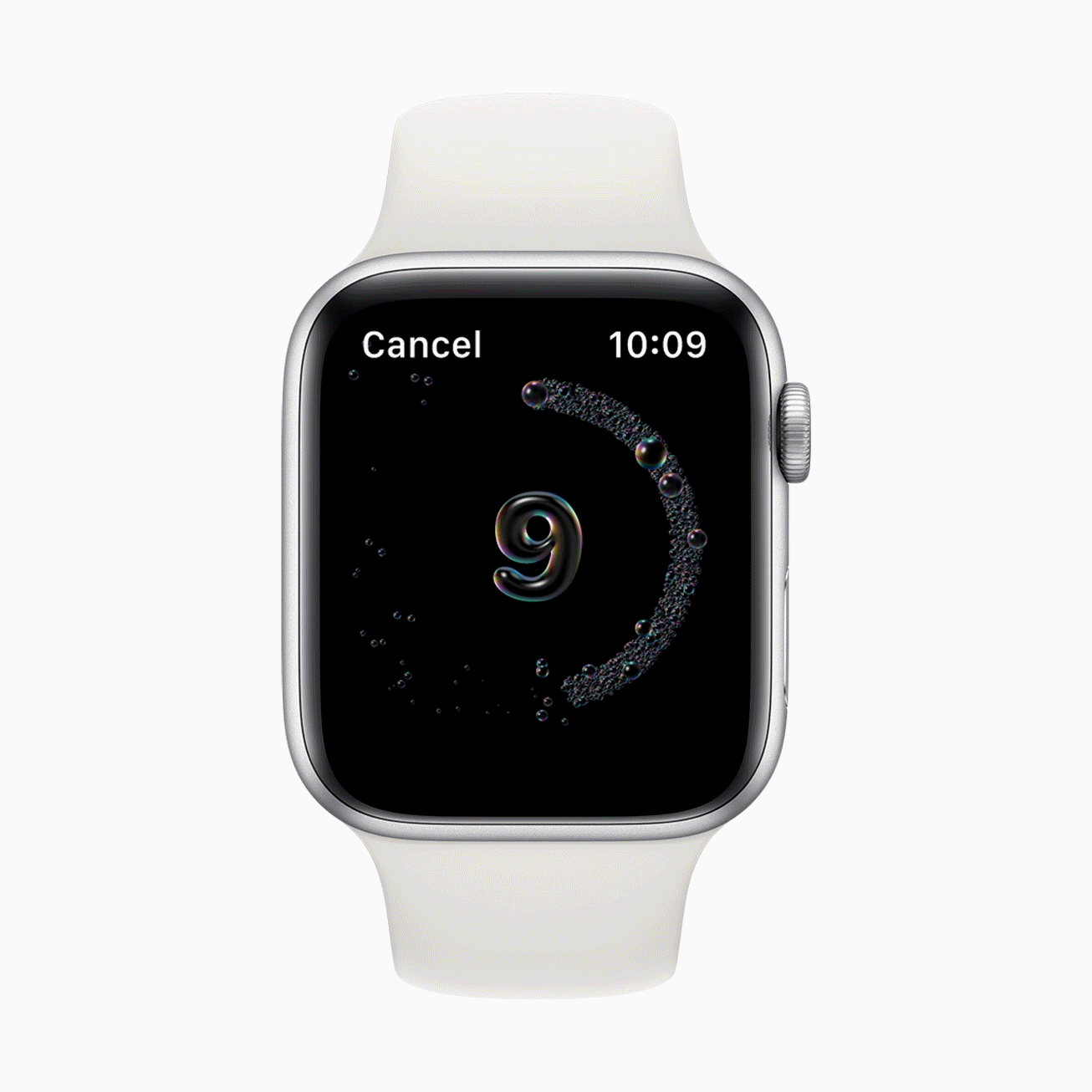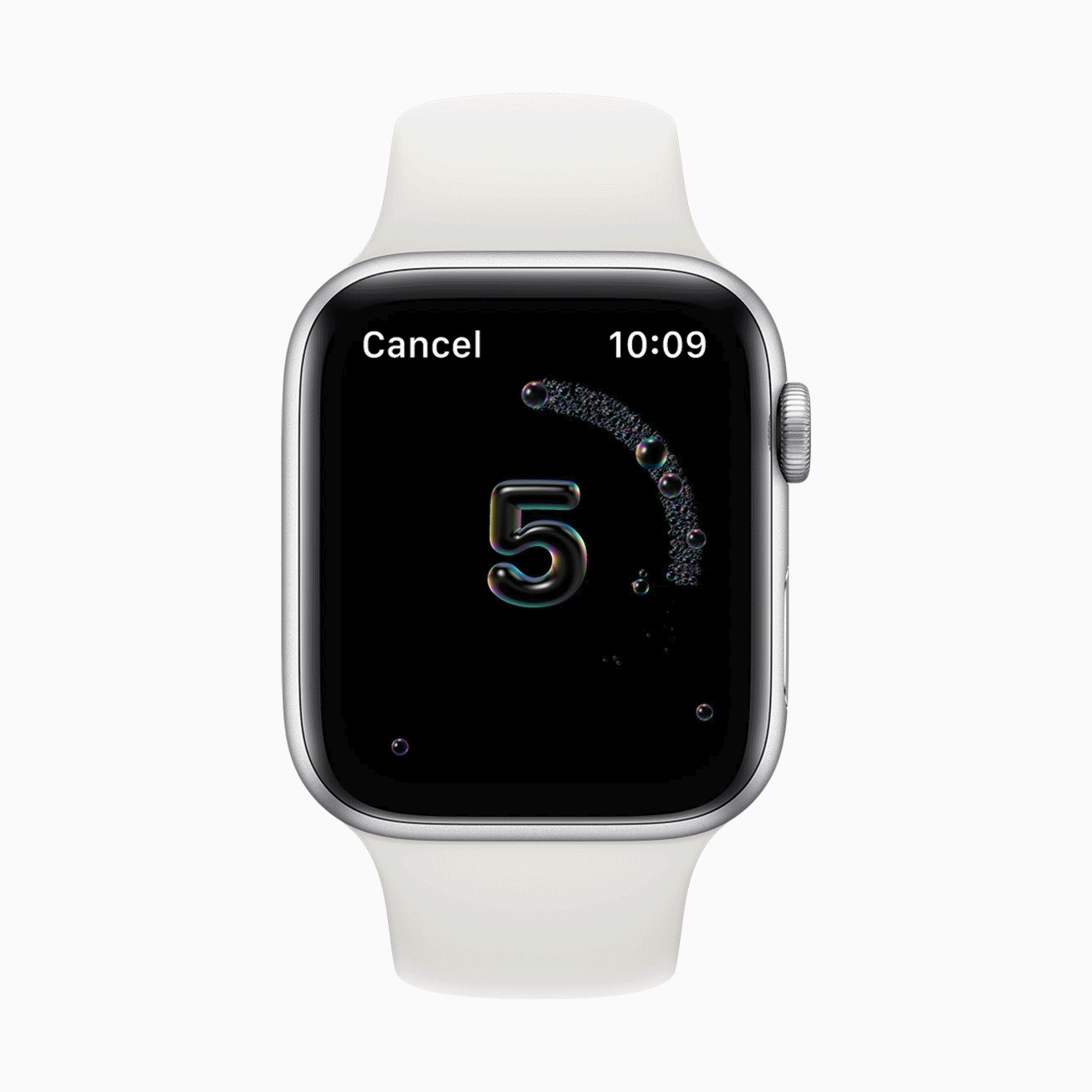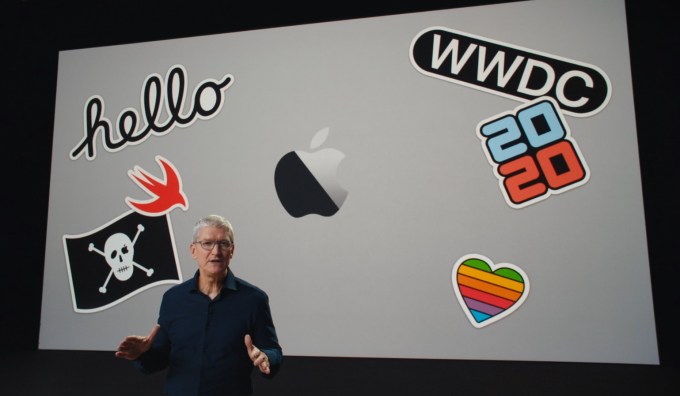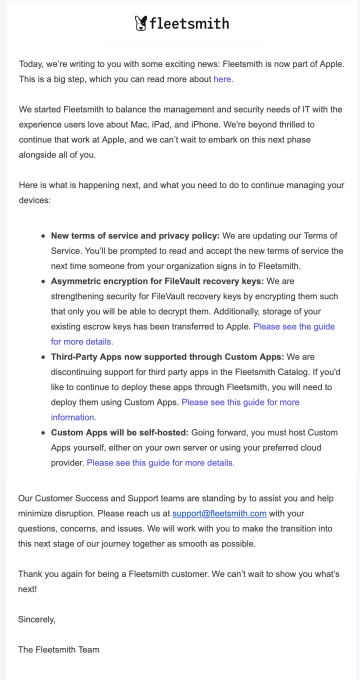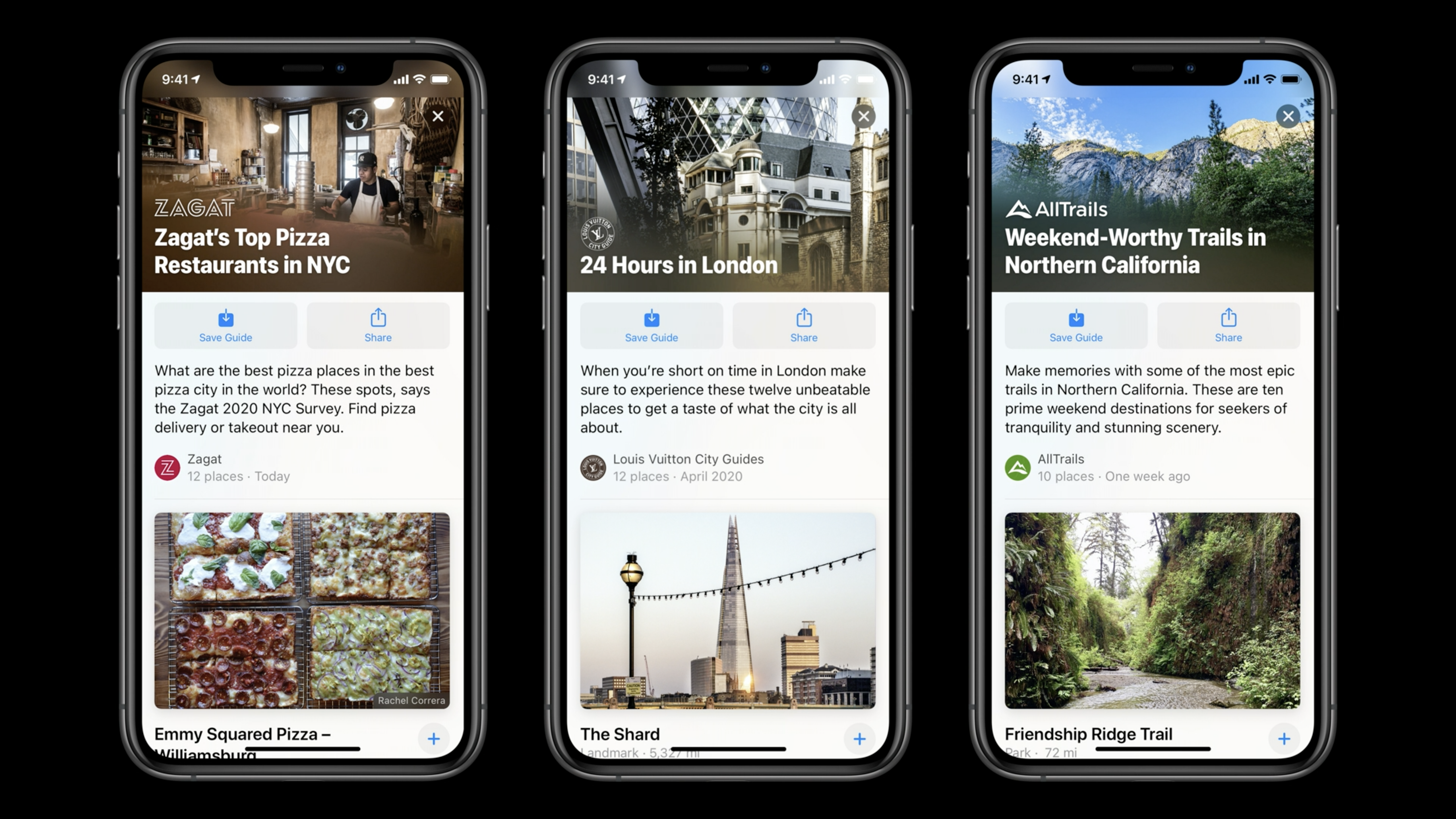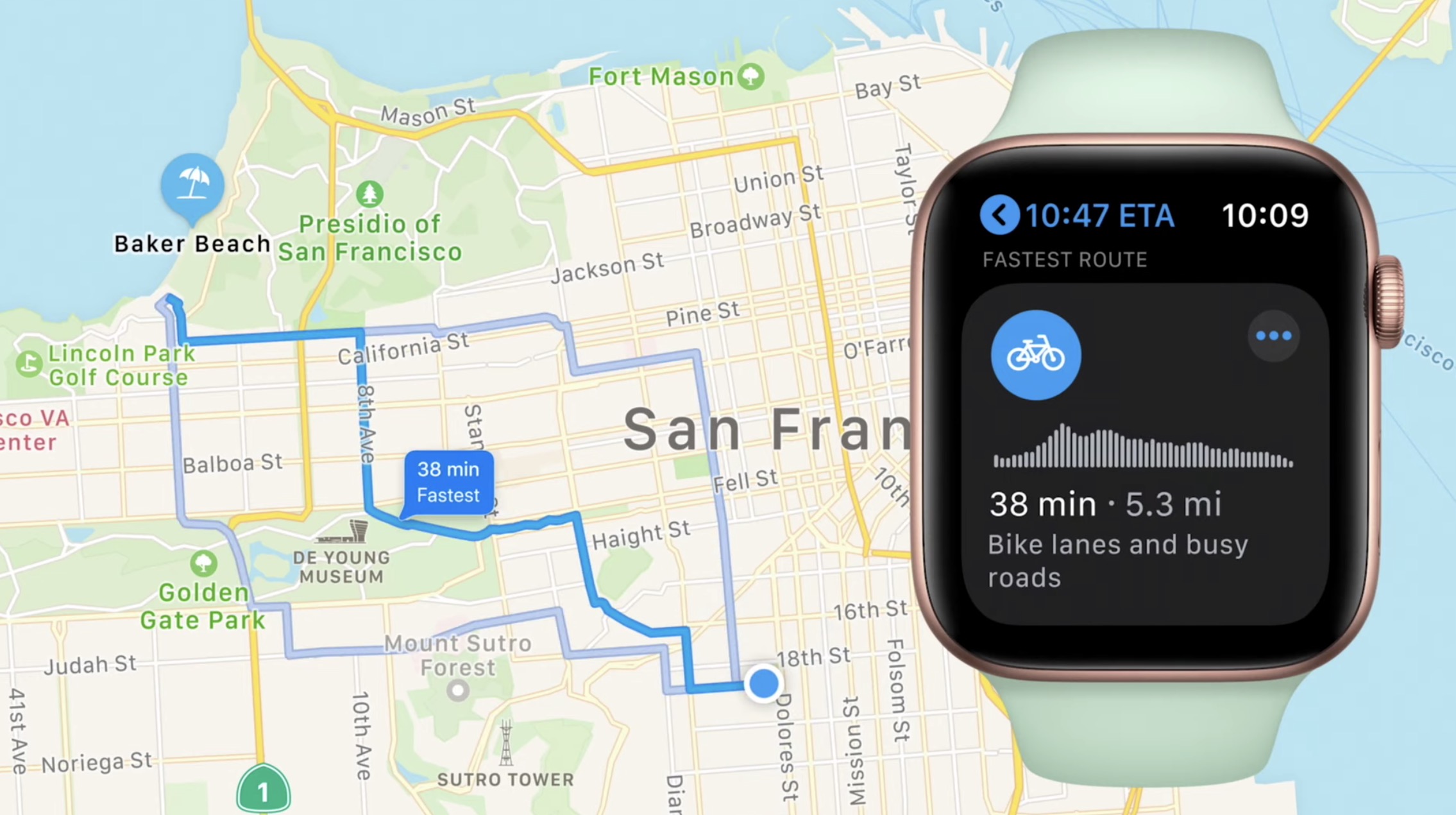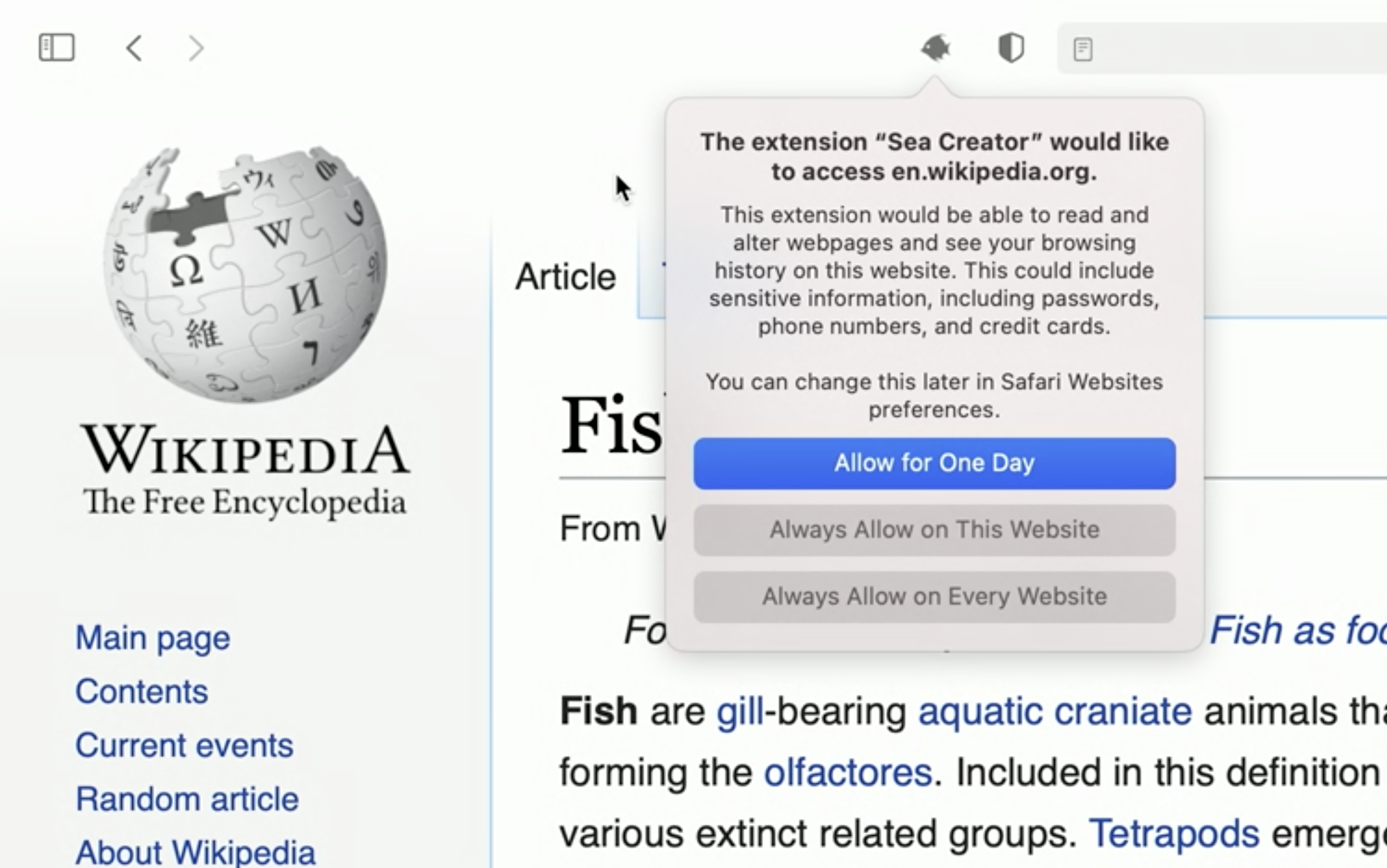Jamf, the Apple device management company, filed to go public today. Jamf might not be a household name, but the Minnesota company has been around since 2002 helping companies manage their Apple equipment.
In the early days, that was Apple computers. Later it expanded to also manage iPhones and iPads. The company launched at a time when most IT pros had few choices for managing Macs in a business setting.
Jamf changed that, and as Macs and other Apple devices grew in popularity inside organizations in the 2010s, the company’s offerings grew in demand. Notably, over the years Apple has helped Jamf and its rivals considerably, by building more sophisticated tooling at the operating system level to help manage Macs and other Apple devices inside organizations.
Jamf raised approximately $50 million of disclosed funding before being acquired by Vista Equity Partners in 2017 for $733.8 million, according to the S-1 filing. Today, the company kicks off the high-profile portion of its journey towards going public.
Apple device management takes center stage
In a case of interesting timing, Jamf is filing to go public less than a week after Apple bought mobile device management startup Fleetsmith. At the time, Apple indicated that it would continue to partner with Jamf as before, but with its own growing set of internal tooling, which could at some point begin to compete more rigorously with the market leader.
Other companies in the space managing Apple devices besides Jamf and Fleetsmith include Addigy and Kandji. Other more general offerings in the mobile device management (MDM) space include MobileIron and VMware Airwatch among others.
Vista is a private equity shop with a specific thesis around buying out SaaS and other enterprise companies, growing them, and then exiting them onto the public markets or getting them acquired by strategic buyers. Examples include Ping Identity, which the firm bought in 2016 before taking it public last year, and Marketo, which Vista bought in 2016 for $1.8 billion and sold to Adobe last year for $4.8 billion, turning a tidy profit.
Inside the machine
Now that we know where Jamf sits in the market, let’s talk about it from a purely financial perspective.
Jamf is a modern software company, meaning that it sells its digital services on a recurring basis. In the first quarter of 2020, for example, about 83% of its revenue came from subscription software. The rest was generated by services and software licenses.
Now that we know what type of company Jamf is, let’s explore its growth, profitability and cash generation. Once we understand those facets of its results, we’ll be able to understand what it might be worth and if its IPO appears to be on solid footing.
We’ll start with growth. In 2018 Jamf recorded $146.6 million in revenue, which grew to $204.0 million in 2019. That works out to an annual growth rate of 39.2%, a more than reasonable pace of growth for a company going public. It’s not super quick, mind, but it’s not slow either. More recently, the company grew 36.9% from $44.1 million in Q1 2019 to $60.4 million in revenue in Q1 2020. That’s a bit slower, but not too much slower.
Turning to profitability, we need to start with the company’s gross margins. Then we’ll talk about its net margins. And, finally, adjusted profits.
Gross margins help us understand how valuable a company’s revenue is. The higher the gross margins, the better. SaaS companies like Jamf tend to have gross margins of 70% or above. In Jamf’s own case, it posted gross margins of 75.1% in Q1 2020, and 72.5% in 2019. Jamf’s gross margins sit comfortably in the realm of SaaS results, and perhaps even more importantly are improving over time.
Getting behind the curtain
When all its expenses are accounted for, the picture is less rosy, and Jamf is unprofitable. The company’s net losses for 2018 and 2019 were similar, totalling $36.3 million and $32.6 million, respectively. Jamf’s net loss improved a little in Q1, falling from $9.0 million in 2019 to $8.3 million this year.
The company remains weighed down by debt, however, which cost it nearly $5 million in Q1 2020, and $21.4 million for all of 2019. According to the S-1, Jamf is sporting a debt-to-equity ratio of roughly 0.8, which may be a bit higher than your average public SaaS company, and is almost certainly a function of the company’s buyout by a private equity firm.
But the company’s adjusted profit metrics strip out debt costs, and under the heavily massaged adjusted earnings before interest, taxes, depreciation and amortization (EBITDA) metric, Jamf’s history is only one of rising profitability. From $6.6 million in 2018 to $20.8 million in 2019, and from $4.3 million in Q1 2019 to $5.6 million in Q1 2020. with close to 10% adjusted operating profit margins through YE 2019.
It will be interesting to see how the company’s margins will be affected by COVID, with financials during the period still left blank in this initial version of the S-1. The Enterprise market in general has been reasonably resilient to the recent economic shock, and device management may actually perform above expectations given the growing push for remote work.
Completing the picture
Something notable about Jamf is that it has positive cash generation, even if in Q1 it tends to consume cash that is made up for in other quarters. In 2019, the firm posted $11.2 million in operational cash flow. That’s a good result, and better than 2018’s $9.4 million of operating cash generation. (The company’s investing cash flows have often run negative due to Jamf acquiring other companies, like ZuluDesk and Digita.)
With Jamf, we have a SaaS company that is growing reasonably well, has solid, improving margins, non-terrifying losses, growing adjusted profits, and what looks like a reasonable cash flow perspective. But Jamf is cash poor, with just $22.7 million in cash and equivalents as of the end of Q1 2020 — some months ago now. At that time, the firm also had debts of $201.6 million.
Given the company’s worth, that debt figure is not terrifying. But the company’s thin cash balance makes it a good IPO candidate; going public will raise a chunk of change for the company, giving it more operating latitude and also possibly a chance to lower its debt load. Indeed Jamf notes that it intends to use part of its IPO raise to “to repay outstanding borrowings under our term loan facility…” Paying back debt at IPO is common in private equity buyouts.
So what?
Jamf’s march to the public markets adds its name to a growing list of companies. The market is already preparing to ingest Lemonade and Accolade this week, and there are rumors of more SaaS companies in the wings, just waiting to go public.
There’s a reasonable chance that as COVID-19 continues to run roughshod over the United States, the public markets eventually lose some momentum. But that isn’t stopping companies like Jamf from rolling the dice and taking a chance going public.
from Apple – TechCrunch https://ift.tt/38hyC9G

